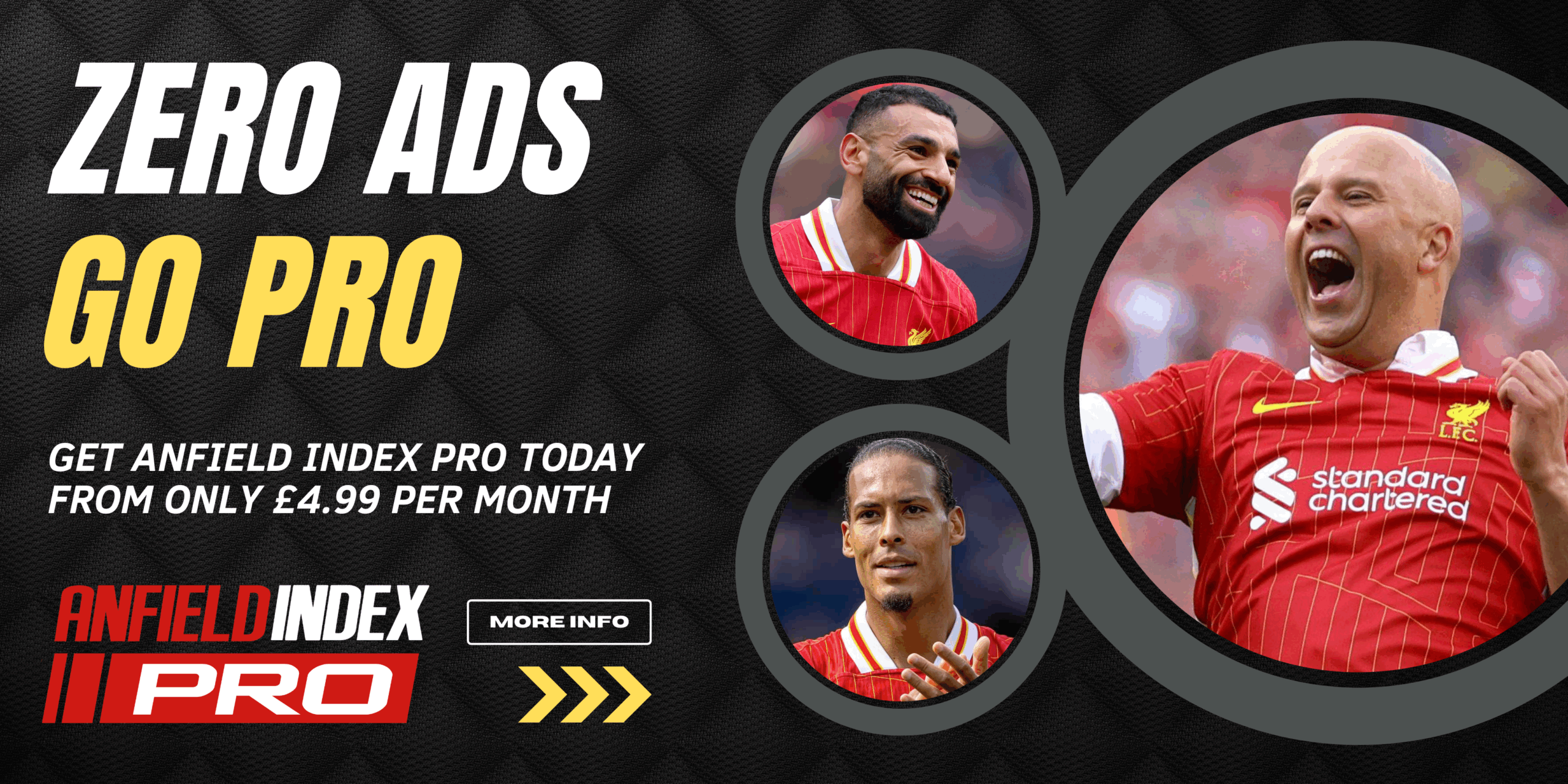Artificial intelligence and computer vision technologies are revolutionizing sports analytics across all levels of athletic performance, from elite-level boxing to everyday fitness habits. Sports AI technology was worth $1.2 billion in 2024. Experts predict it will grow 14.7% each year until 2034. Teams use more data tracking and player analysis tools now.
Such technologies handle vast volumes of visual information in real time and are transforming how players train, perform, and improve their skills. Applications include sports broadcasting for professional sport and internet online boxing betting analysis as well as fitness apps that provide instant movement feedback. Computer vision sports will flood the market with a jump from $2.39 billion to $3.1 billion by the year 2025, representing a staggering 29.8% increase year on year, with estimates growing to $8.7 billion by 2029.
Movement Recognition Technology Transforms Sports Training
As sports boxing has increased, a scarcity of coaches has emerged, making the use of AI-driven movement analysis crucial in training schemes. Scholars have developed tailored systems with the ability to estimate the boxing poses from human pose estimation technology to train interns and counter the shortage of coaches:
- Boxing movement is analyzed by OpenPose networks with greater accuracy using transfer learning models;
- 3D camera systems provide more depth information for full movement analysis;
- Real-time feedback systems adjust technique and form in training sessions.
The technology uses sophisticated algorithms that can detect and track the movement of athletes, recognize patterns, and even analyze facial expressions or body language for signs of fatigue or injury risk.
Professional Sports Analytics Reach New Heights
Advanced computer vision technology is transforming top-level sports by offering comprehensive performance analysis and strategic design. The X Games in Aspen utilized artificial intelligence to adjudicate halfpipe snowboarding at their January 2025 winter games, with CEO Jeremy Bloom working alongside Google Cloud to develop auto-judges that enhance accuracy with the review of thousands of hours of video content.
The impact extends beyond sport analysis to broadcasting and viewer engagement. AI and computer vision use in sports broadcasting have been gradually ramping up, with broadcasters using these technologies to offer better visualizations such as detailed player statistics, live data analysis, and AR graphics that enhance the viewer’s understanding of the game and facilitate more interaction.




